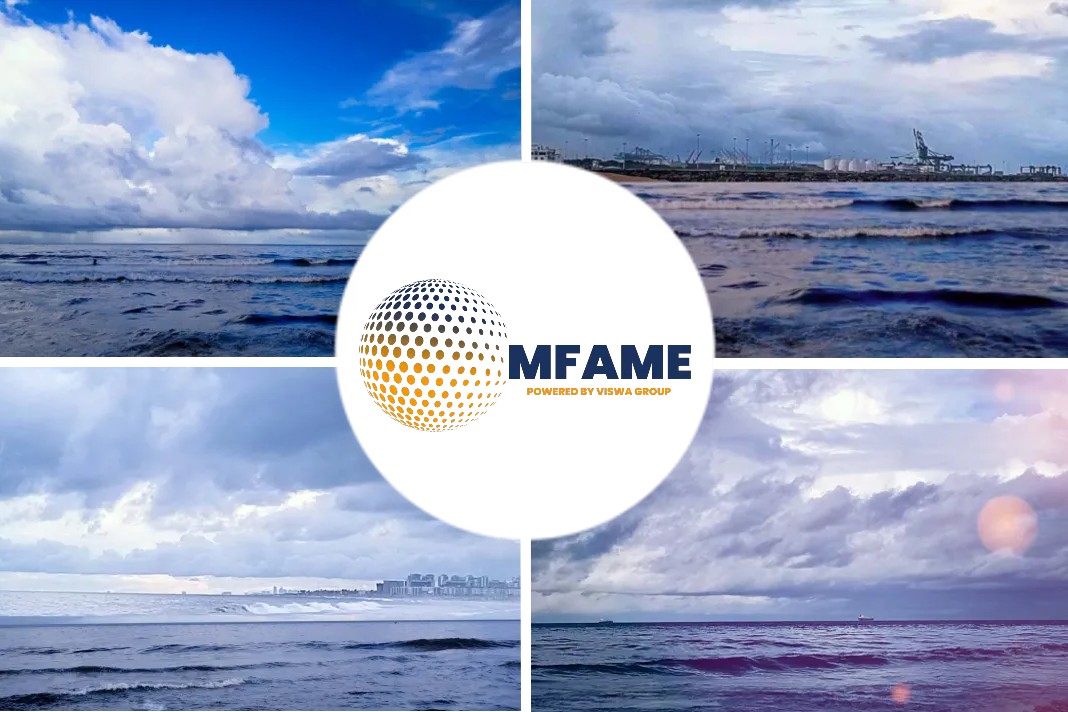 The world’s largest bunkering port of Singapore has demonstrated its resilience amid tough market conditions emanating largely from the global coronavirus pandemic.
The world’s largest bunkering port of Singapore has demonstrated its resilience amid tough market conditions emanating largely from the global coronavirus pandemic.- Its May bunker sales has been rising year on year, industry sources told S&P Global Platts.
- Total marine fuel sales in Singapore rose 3.7% year on year to 4.07 million mt in May but fell 4.3% month on month.
A Platts news source by Surabhi Sahu and Nicholson Lim states that Singapore bunker market volumes remain resilient despite hurdles.
Prevailing challenges
Some challenges still remain and a sense of cautious optimism prevails in the city-port as COVID-19 related shipping restrictions and weak bunker margins continue to weigh, while supply chain logjams in some Chinese ports have not spurred a significant port switch to Singapore, they said.
“Tepid demand for spot inquiries during the second half of May definitely contributed to the lackluster bunker sales of both 380 CST HSFO and marine fuel 0.5%S,” a Singapore-based trader said.
Spot demand in H1 June has also been “slow” despite a “steady stream of inquiries,” the trader added.
HSFO, LSFO demand
Sales of high sulfur bunker fuel, which includes 180 CST, 380 CST and 500 CST bunker fuel, sank 9.7% month on month but surged 25.4% on the year to 984,600 mt in May, the MPA data showed.
A source said that buyers lifting contracted volumes would still support the base demand in June for about 1 million mt of HSFO, while a Singapore-based bunker supplier projected that 380 CST bunker sales alone in the port could reach “at least 900,000 mt to 1 million mt” in the month.
For low sulfur bunkers, a shipowner said that slim barging spreads in Singapore had put barge owners under pressure to cover operational costs.
The premium of Singapore-delivered marine fuel 0.5%S over FOB Singapore cargo of the same grade dropped to $4.16/mt on June 14, below the $4.98/mt averaged a week earlier, Platts data showed.
The barging spread — the differential between ex-wharf and delivered — for the same grade in Singapore was $2.41/mt, which was up from the 33 cents/mt averaged in the week ended June 11, Platts data showed, but still well below market expectations of $8-$9/mt.
Tiding over difficulties
Some industry sources said that recent Yantian-related shipping delays had not benefited Singapore’s bunker market greatly as ships were fueling in other China ports rather than switching to Singapore for bunker calls.
Yantian remains in the grip of severe congestion, with many global container shipping companies opting to omit vessel calls there and offering to discharge import containers at other ports such as Hong Kong.
Sources noted that favorable pricing economics at some China ports has also attracted shipowners of late.
“Zhoushan definitely had been pulling in some demand as it has stayed consistently competitive,” a shipowner said.
COVID-19 related curbs
Compared to delivered marine fuel 0.5%S in Singapore, Platts data indicated that the discount of Zhoushan-delivered for the grade averaged $3.83/mt in May and dipped to a multi-month low of $15.25/mt on May 25.
Meanwhile, COVID-19 related curbs have also added to the complexity of bunkering operations in several ports including Singapore, sources said.
All operations contactless
The MPA in a May 28 circular said that owners, agents and masters of vessels must ensure that all operations — cargo operations, bunkering, ship’s supplies and stores, and other marine services — are carried out contactless, or contactless with segregation protocols.
This comes after Singapore imposed additional requirements on vessels arriving from countries with sustained increases in COVID-19 cases. This included Bangladesh, India, Pakistan and Sri Lanka.
However, sources agreed that Singapore’s strategic location, strong port and bunkering infrastructure, and its strict enforcement regime kept it in good stead.
Mass flow metering system in Singapore
An industry source said that the mass flow metering system in Singapore was beneficial, particularly in a contactless environment, as even without bunker surveyors, the process was mostly “well-controlled.”
Mass flow meters were mandated for all marine fuel oil deliveries from Jan. 1, 2017 and for all distillates bunker deliveries from July 1, 2019 in the port of Singapore to increase the integrity of bunkering operations.
The city-port launched two new bunkering standards in 2020 — the SS 60 code of practice for bunker delivery from oil terminal to bunker tanker using MFM and TR 80, and meter verification using MFM — which has further enhanced transparency, industry sources said.
Did you subscribe to our daily newsletter?
It’s Free! Click here to Subscribe!
Source: Platts
























